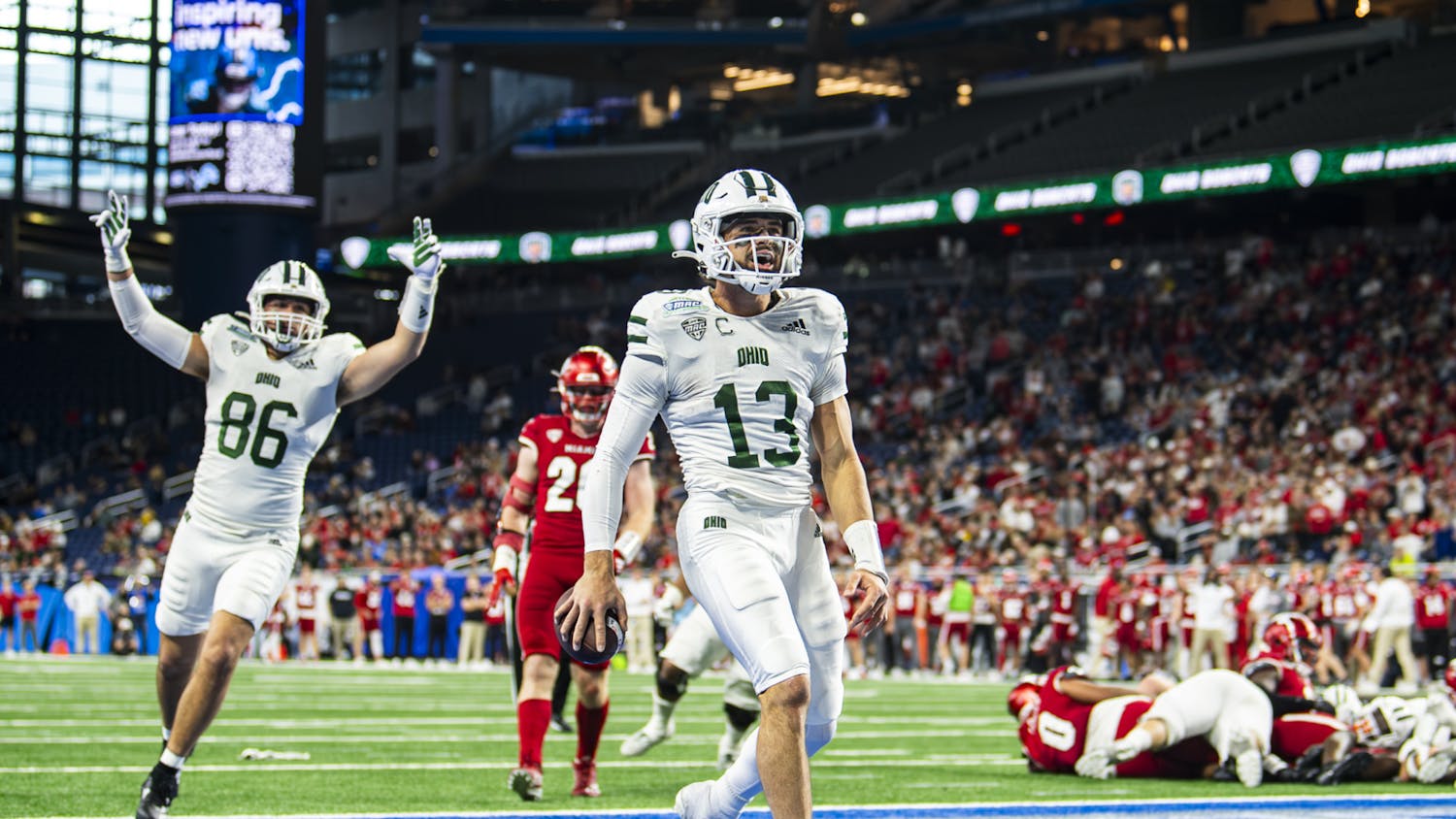Christopher Miller addresses the issue of why rules for professional and college athletes are different.
Most people — myself included — would agree that collegiate athletics, especially football and men’s basketball, serve as an elite training opportunity for athletically gifted athletes who hope to play professionally.
Some of these athletes are even talented enough that they could go straight from high school to the professional leagues if they were allowed. They are attending college merely as a formality dictated by the current professional sports eligibility rules.
While these young men are playing in college, they are getting valuable experience that will help them achieve the ultimate goal of becoming a professional. They are also playing under a different set of rules, a set of rules that will change once they become professionals.
Within the NFL and NCAA football rulebooks, there are subtle differences. The same is also true for the NBA and NCAA basketball rulebooks.
The question I have is, why? If college serves as glorified training, why don’t the rules coincide?
In the NFL, a receiver must have both feet in bounds for it to be a completed catch, but in college the requirement is that the receiver needs to have just one foot in bounds for it to be considered a catch.
Other differences include a down-by-contact rule, which, in the NFL, a play remains active until a member of the opposing team forces a player to the ground. In the NCAA however, a player is automatically ruled down when any part of his body other than the feet or hands touches the ground regardless of whether he was touched by a member of the opposing team.
There are also a plethora of differences related to clock stoppage and other things of that nature. In the NFL, the game clock continues to run after a first down, in college, the clock stops. A two-point conversion in the NFL starts at the two-yard line, but it stars at the three-yard line in the NCAA.
Basketball also has strange inconsistencies. The most recognizable difference being that the NBA plays four 12-minute quarters, while the NCAA plays two 20-minute halves. There are also differences in the three-point line, with the NBA being four feet further from the basket than in the NCAA.
And to my least favorite difference, the fact that in the NBA a jump ball is used to determine position. In college however, they use an alternating possession arrow.
While I have not listed every difference between the professional and collegiate rulebooks, I have listed enough to prove my point.
There are numerous subtle, yet unnecessary, differences in rules that have no true purpose or legitimate reason.
There is no reason why a college player cannot keep both feet inbounds when making a catch. There is no reason why a clock should or should not stop after a first down. Why do professionals need or deserve a two-minute warning while college kids do not?
College basketball players are more than strong enough to shoot the ball an extra four feet for a 3-point shot. They should have enough endurance to play an extra eight minutes and if they don’t, then they probably won’t be very successful in the NBA.
The solution is simple; if the NCAA truly does serve as a training ground for the professional leagues, why not institute identical rules? This would be a seamless transition. College athletes are playing the same game as the professionals and when they become professionals they will be forced to adapt this new professional set of rules anyway. Why not eliminate the adapting phase all together?
Christopher Miller is a junior studying broadcast journalism and sports management. How do you think the NFL can become more diverse? Let him know at cm001111@ohio.edu or @MLLRC93.





